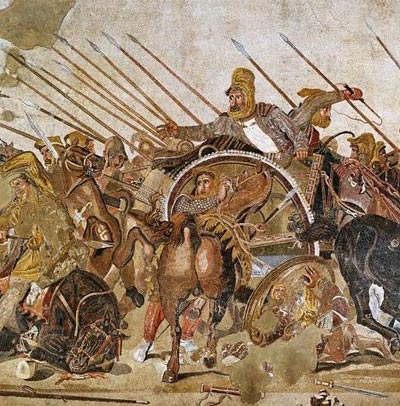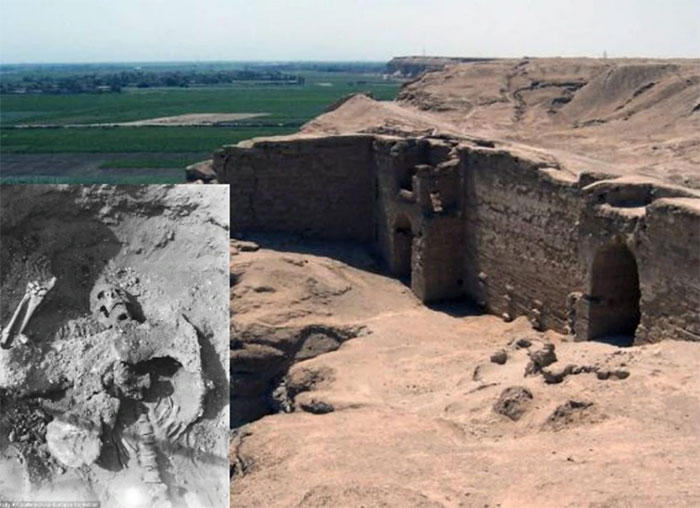Evidence found in a mass grave of Roman soldiers dating back to 200 AD indicates that the Persians were using chemical weapons much earlier than previously thought.
Researchers from the University of Leicester reached this conclusion based on the discovery of a mixture of toxic gases in a grave containing 20 Roman soldiers, along with weapons unearthed in Syria.
These soldiers were stationed at Dura-Europos, a Roman fortress located on the banks of the Euphrates River. Their mission was to defend the city against a siege by Persian forces around the year 256.

The Persians not only utilized chemical weapons but also had well-developed siege tactics.
There is limited historical documentation regarding this battle, but archaeologists suggest that the Persian army besieged the fortress and dug tunnels through the city walls to infiltrate. This tactic was discovered by the Romans, leading to skirmishes occurring within the tunnels. In one encounter, the Persians used toxic gas to eliminate a group of Roman soldiers, which is why weapons were found in the grave.
Dr. Simon James from the University of Leicester stated: “A careful analysis of the positioning of the bodies shows that they were trapped at the tunnel’s entrance and were poisoned by the Persians.”

The remains at Dura-Europos and bodies suspected to have died from poison in the tunnels.
The chemical weapon used by the Persians may have been a mixture of gases containing SO2 produced from burning materials soaked in projectiles fired by slingshots.
“This is a truly novel and somewhat horrifying discovery; the soldiers must have suffered immensely as they died from asphyxiation. I believe this is the oldest archaeological evidence of chemical weapons ever recorded,” Dr. James remarked.
He noted that there is an ancient text describing how the Greeks employed a similar tactic against the Romans, but this is the first specific evidence found.
This new discovery also challenges the notion that the Persians were not adept at siege warfare. “The Persians were just as cunning as the Romans; the walls were not breached, yet the Romans still faced defeat,” Dr. James explained.
The idea of using chemical weapons has evolved over time. Historian David Hume recounts that during the reign of King Henry III (1216 – 1272 AD), the English Navy defeated an invading French fleet by using lime mortars to blind the enemy and thwart their advances.
In the 15th century, Leonardo da Vinci proposed using a mixture of powders combining sulfide, arsenic, and verdigris to induce suffocation. It remains unclear whether this weapon was actually used in warfare.
In 1672 AD, the Bishop of Munster employed lethal weapons during the siege of the Dutch city of Groningen. One such device was an explosive filled with Deadly Nightshade, a perennial herb that produces toxic effects over time. Its smoke would incapacitate the enemy.
However, it was not until the industrial era of the 19th century that the modern concept of chemical warfare emerged, coinciding with advancements in the field of chemistry. From this point onward, many types of chemical weapons were developed, designed and used to inflict mass injuries and fatalities.


















































